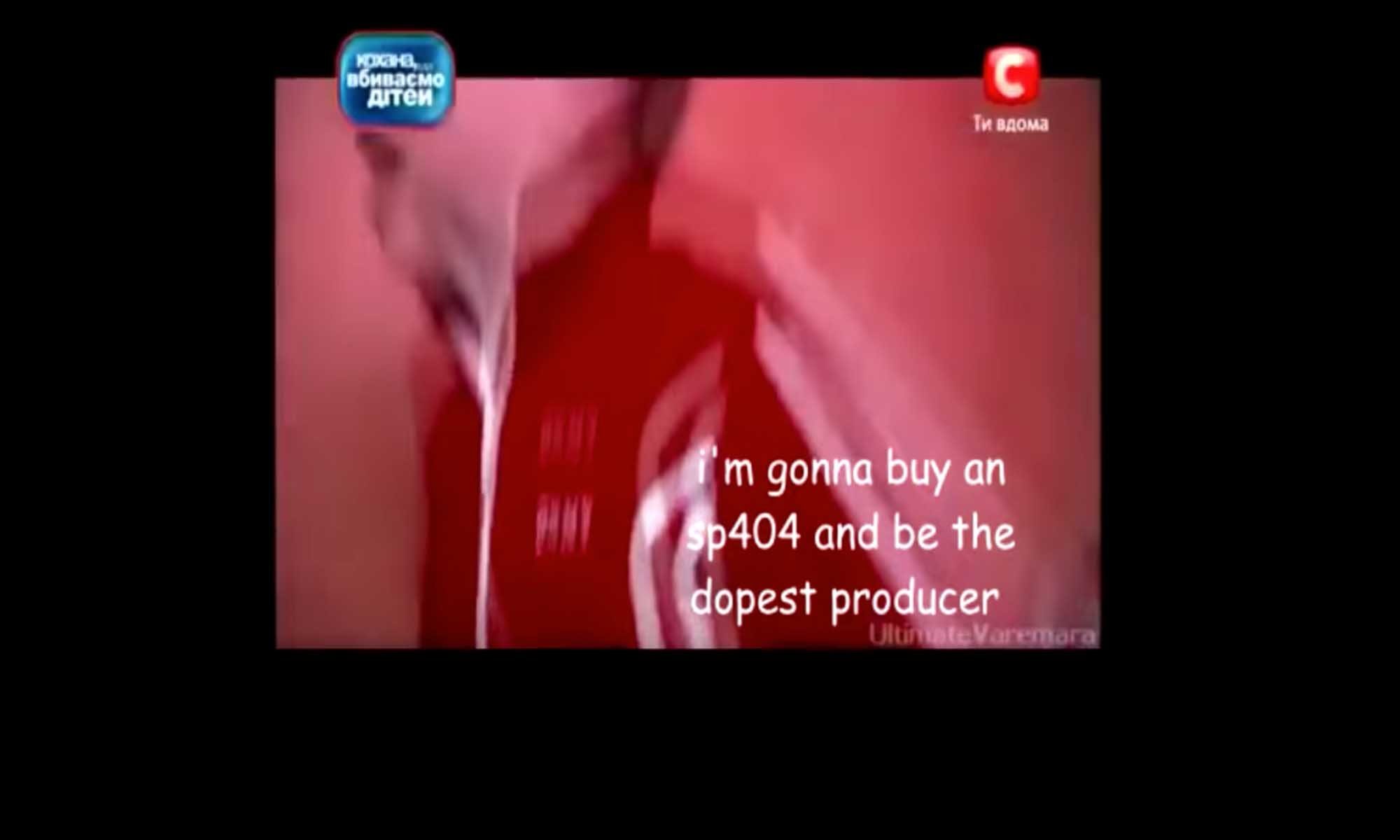
Social Practice Art to me is art that is being created with the aim of improving and enabling a specific audience group. The concept uses art as a medium to provide opportunities to reach out to the selected audience and work together to fulfil the decided goal. For this analysis I will be presenting about SuperHero Me, an arts organisation that uses art to empower children from less privileged backgrounds and special needs communities.

SuperHero Me runs Peekaboo! Which is an inclusive arts festival that invites artists to work with the superhero me and the children from various communities in a 5 month residency programme. Important note is that the festival is organised by superhero me and then inviting artists to be part of the programme.


The artists are supported by a big crew of facilitators titled captains. They all are volunteers and are carefully trained to communicate and create with the children.
“Our process began with classroom observations, trainings in disability awareness and understanding children with special needs. We trained ourselves in programme, space, team and personal readiness and the inclusive arts approach, which puts the children who work with us in positions of power. We see them as equals, not beneficiaries. In fact, we have gained far more in expanding our notion of creativity, exploring new ways to connect them with the public and building our collective confidence in facilitating inclusive experiences.”
Their emphasis on empowering the children shows in the works that are created for the festival, in particular Camouflage by UYII & The Story of the Sky by Ng Fongyee
Camouflage encouraged the participating children to create in the act of play and the prints and work were then curated into a playspace that invites other children to engage and play. The Story of the Sky presents a piece that works in particular with children that have limited mobility that are often overlooked by artists facilitators. The work weaves in technology of eye tracking to enable the children to draw by moving their heads and have their works be created into creatures of a digital sky.

The works that were presented in the festival were a testament to the organisation’s mission and goals of inclusiveness and advocacy. The works were more of a display of the experience of the 5 month residency, sharing to the audience various ways of engagement. It highlights what is required to engage with the children as equals and how the artists learn from both the children and the facilitators. The exhibition was open to the public but only in a form of tours. The captains who led the tours shared all the experiences and stories of each exhibition, pulling the audience into the creative processes. This festival works as they present the whole residency process as the final artwork and through art, the audience learn about the methods and sensitivity involved when working with people with special abilities.



What works for a social practice work is for the organisation that works closely with their demographic to reach out to artists and art as a form of outreach, compared to artists creating a concept and then reaching out to the organisation. Often artists do not spend enough time with the targeted demographic and end up creating a work that doesn’t serve their needs and come across as a surface attempt on social work.
As much as raising awareness and exposure is the trend in social practice art recently, it does nothing if the efforts and programmes are not sustained. In Peekaboo! , the programme trains a large team of facilitators and artists that have the first hand experience and education on working with people with disabilities. It doesn’t educate a relatively large audience, but provides the resources for this group of people to be better educated and apply and share their knowledge to people around them on a daily basis.
